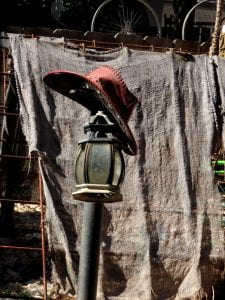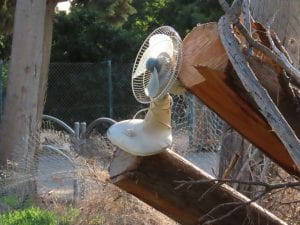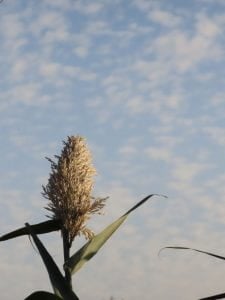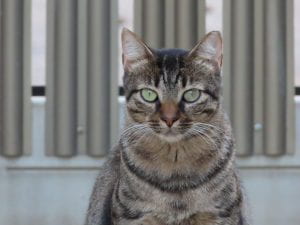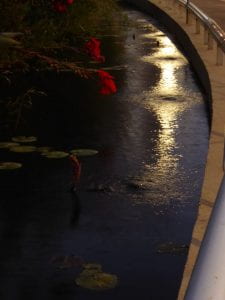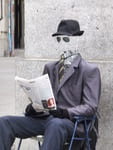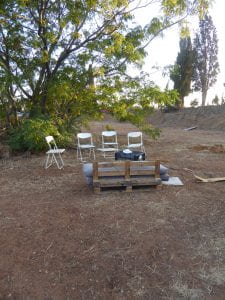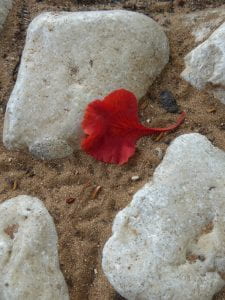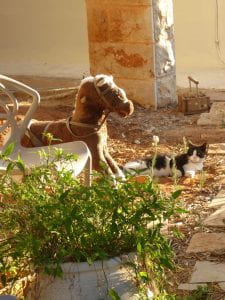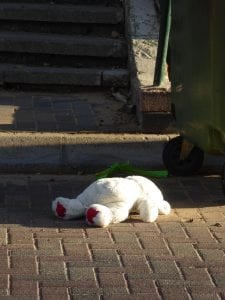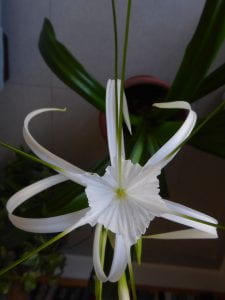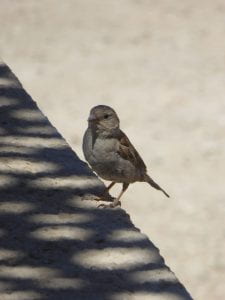
Naomi’s Photos
You know a book is really good when you keep thinking about it after you have read it, mulling over details, realizing details in the book are metaphors for more things than you realized before.
This is one of those books.
Even the title still resonates with me – there are so many ways to “disappear”…
The book is cleverly written. There is the “official” story, about two sisters, young girls, who disappear one day, in Kamchatka, Russia. They seem to vanish without a trace.
But that is not the only story, or even (at least to me) THE story of the book, though it is certainly there and you do get your “whodunnit” satisfaction.
Using the framework of the case of the missing sisters the author introduces us to a variety of women. We peek into their personal lives – everything about them is so vivid I feel as if I had met them. Through these characters, Phillips gets across strong messages (and thought-provoking questions) about women, about their control or lack of control over their own life (control can vanish too…), about racism, corruption, nature, and more.
All this while moving the dramatic plot forward. I was not able to predict the final chapter at all, even though I’m often quite good at doing that!
I heard the audiobook version so I didn’t have the helpful character guide I later discovered was included in the book. It didn’t make much difference insofar as understanding what was going on but for a time I did wonder if the author would ever stop introducing characters!
They really do all connect!
In short, don’t read about the book, read the book, and let it speak for itself.
I had never heard of the book but it was available on Libby so I thought I would give it a chance.
So glad I did!
